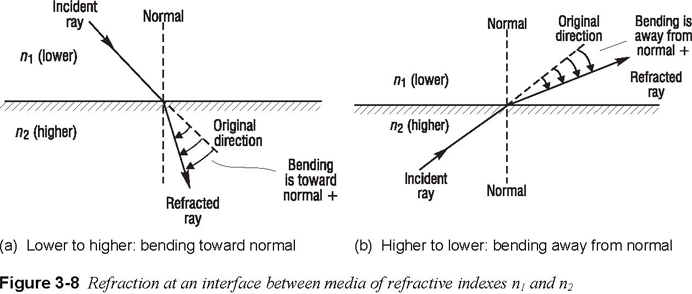Table 3-1 Indexes of Refraction for Various Materials at 589 nm
| Substance | n | Substance | n |
| Air Benzene Carbon Disulfide Corn Syrup Diamond Ethyl Alcohol Gallium Arsenide (semiconductor) Glass (crown) Zircon | 1.0003 1.50 1.63 2.21 2.42 1.36 3.40 1.52 1.92 | Glass (flint) Glycerin Polystyrene Quartz (fused) Sodium Chloride Water Ice Germanium Silicon | 1.66 1.47 1.49 1.46 1.54 1.33 1.31 4.1 3.5 |
The greater the index of refraction of a medium, the lower the speed of light in that medium and the more light is bent in going from air into the medium. Figure 3-8 shows two general cases, one for light passing from a medium of lower index to higher index, the other from higher index to lower index. Note that in the first case (lower-to-higher) the light ray is bent toward the normal. In the second case (higher-to-lower) the light ray is bent away from the normal. It is helpful to memorize these effects since they often help one trace light through optical media in a generally correct manner.

2. Snell’s law. Snell’s law of refraction relates the sines of the angles of incidence and refraction at an interface between two optical media to the indexes of refraction of the two media. The law is named after a Dutch astronomer, Willebrord Snell, who formulated the law in the 17th century. Snell’s law enables us to calculate the direction of the refracted ray if we know the refractive indexes of the two media and the direction of the incident ray. The mathematical expression of Snell’s law and an accompanying drawing are given in Figure 3-9.
Page: 12345678910111213141516171819202122232425262728293031323334353637383940
| Eyes carePhysicianBate's booksTechnologyForumLaser corre.Blues under eyesburning in the eyesanother diseasesMedical mistery Naturally eyesight correction. No laser eye surgery. Restore eyesight. Vision correction. |




